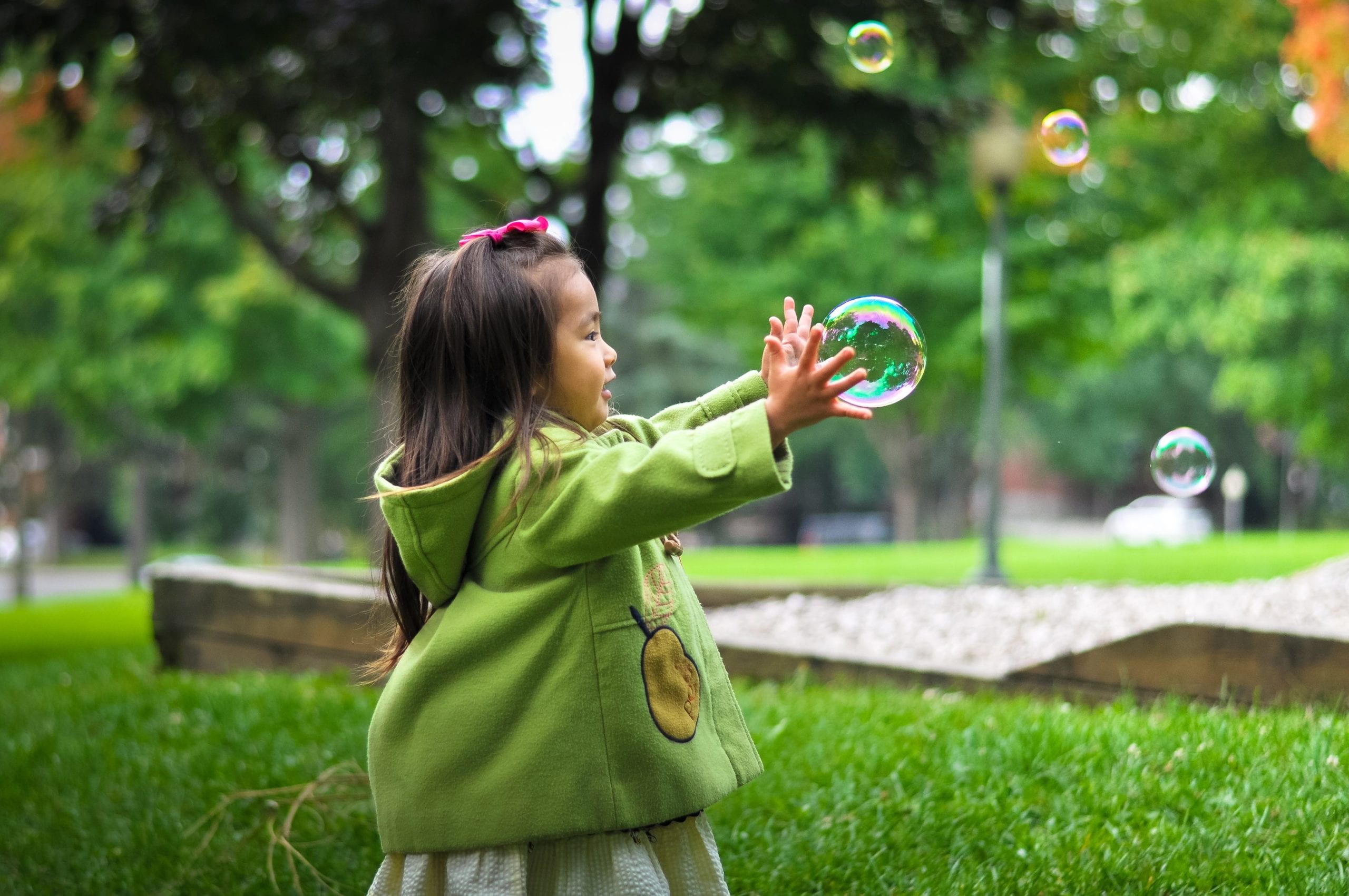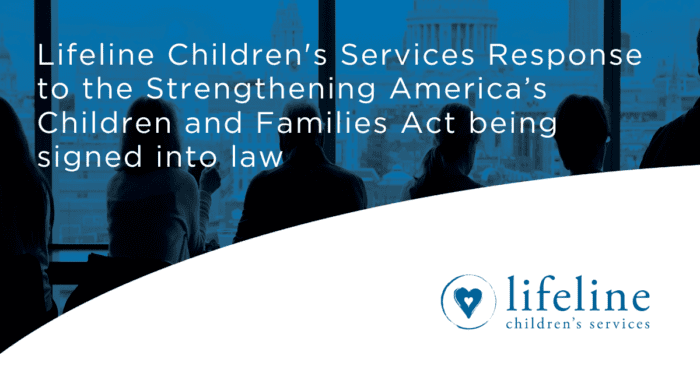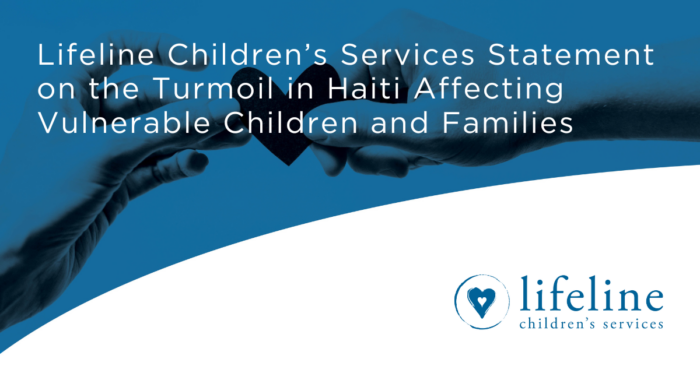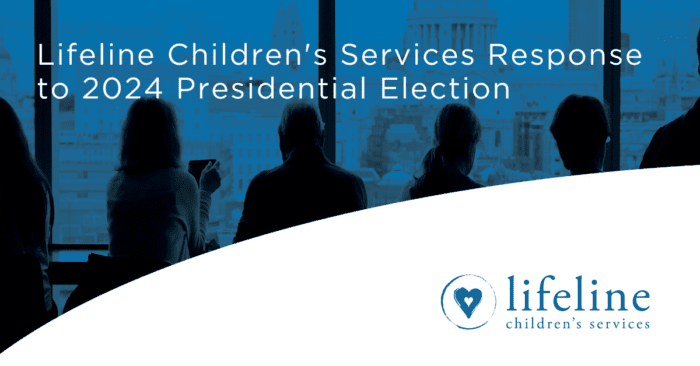

Loss and grief are not experiences that we immediately associate with children. Unfortunately, it is the reality for hundreds of thousands in our country and millions more around the world. For the purposes of this post, we are specifically noting the trauma of children who have spent time in the foster care system or who have been adopted. All of these children have experienced various degrees of loss and grief.
If you have brought a child into your home through fostering or adoption, you have most likely watched your child grieve losses in various ways. Some children react actively with screams and crying when coming into a home; others may be more reserved, not actively fighting against the changes but reacting passively by completely shutting down their emotions.
Although a child was likely brought into a safe, loving environment, possibly for the first time in his or her life, they are experiencing tremendous loss of what has been familiar to them. Consider everything they have potentially lost, including the following examples:
-Family
-Culture
-Friends
-Neighborhoods
-Foods
-Smells
-Caregivers
Even if a child has left circumstances that you view as terrible, they have lost everything that had become “normal” to them. You know your home is a safer, healthier environment, but a child may not understand. Therefore, don’t expect gratitude from a child that comes into your home; remember, they are grieving deeply, and expect behavior that will reflect their deeply emotional responses.
So what might grief look like in a child? Just as with adults, grief looks differently for each child. It helps to understand that our children might experience the typical stages of grief at different times and will likely vacillate between these stages for years before they reach an acceptable and stable understanding of their situation. Many factors impact how a child experiences grief, and you may witness them working through the stages of grief: 1) denial, 2) bargaining, 3) anger, 4) depression, 5) acceptance, and 6) guilt. Be especially aware of your child experiencing guilt; your child will probably blame himself for the situation. You must remind him that he is not responsible.
Be compassionate and patient as you consider how your child may be grieving. Grief may exhibit in the following ways: constant crying, depression, making up stories they wish to be true, constant anger and aggression, trouble with relationships, fear of connecting with people, hyperactivity, and/or poor impulse control.
Your child has lost all control over his life and these actions may be ways he seeks to gain control and protect himself. In addition, these grieving actions are part of your child trying to make sense of her life and all of the changes she has endured. She does not have the emotional maturity to appropriately deal with the circumstances around her, so she may act out in the only ways she knows. Expect these behaviors, and remember how confusing life must be for them.
Although grieving behavior can be challenging, try to see your child’s behaviors through the lens of compassion. Remind yourself of the deep loss they have experienced and the imperative nature of grieving on their journey to emotional health.
As you get to know your child, you might notice there are certain things that trigger these grieving behaviors. Memories of the past are often to blame for this. For example, your child might cry uncontrollably at birthday parties because it reminds him of his mother; she might hide when she sees a man that looks like a past abuser; or he might be sad around the holidays because he misses certain people.
Think of these as opportunities to show your child understanding and compassion. Think about how you can help them grieve:
- Grieve with her and allow her room to talk about the past without dismissing what she says.
- Let him know you are a safe person to express feelings—even painful ones.
- Model and teach her appropriate ways to grieve, such as writing in a journal, exercising, drawing a picture or making a craft related to her emotions, coming to you, sitting alone when needed, or talking to a friend.
- When grief comes out in aggressive/angry behaviors, consider giving your child an “angry pillow” or punching bag or some kind of outlet for expressing feelings in a healthy physical way.
- Utilize calming tools such as weighted blankets, vests, or lap pads; chewing gum; lollipops; Chewelry; and correct deep breathing techniques. Blowing bubbles could help a child to deep breathe when he or she is having difficulty with proper technique or the desire to slow down.
- Plant a tree/garden in memory/honor of someone and allow your child to care for it regularly. This ongoing action is a tangible way to connect and help children to process loss.
- Complete a lifebook to celebrate your child’s past and help him/her process through the ups and downs of it, while looking forward to the future.
- When your child is ready, pray with him and model turning the hurts of our heart over to God.
As you understand your child, you can help him to either avoid or be prepared for situations that might be triggers. Remember, your job as an adoptive and/or foster parent is to help your hurting child heal. The road to healing is often difficult, but your child needs you to guide her down it!
*This material was derived from the Caregiver Education, authored by Whitney White (International Education Counselor) and Allison Fuqua (Education Development Coordinator)



